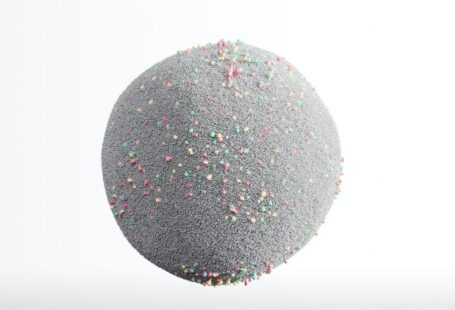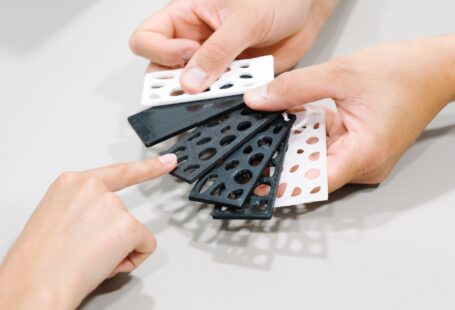Nylon has become a popular material used in a variety of industrial 3D printing applications. From creating prototypes to mass-producing products, the versatility of nylon makes it a favorable choice for many manufacturers. This article will explore the use of nylon in industrial 3D printing, its advantages, and some tips for working with it.
What is Nylon?
Nylon is a synthetic thermoplastic polymer, the most common of which is nylon 6,6. It is a strong and durable material that is lightweight and has excellent abrasion resistance, flexibility, and chemical resistance. Nylon is also an excellent electrical insulator. These qualities make nylon an ideal choice for many industrial 3D printing applications.
Advantages of Using Nylon
Nylon is a versatile material that can be used to create a wide range of products. It is strong and durable, yet lightweight, making it perfect for creating parts that need to withstand high levels of stress or extreme temperatures. It is also resistant to wear and tear, meaning it can be used for parts that need to last a long time. Nylon is also non-toxic and biodegradable, making it an environmentally friendly choice.
Nylon is also easy to work with. It can be printed with a variety of 3D printers, including FDM, SLA, and SLS. It is also relatively easy to post-process, as it can be sanded, painted, and polished. Nylon can also be combined with other materials, such as metal, to create unique parts with enhanced properties.
Tips for Working with Nylon
When working with nylon for industrial 3D printing, it is important to take certain steps to ensure the best results.
- Start with a good quality filament. Nylon is a strong material, but it can easily be damaged if the filament is of poor quality. Make sure to buy a filament that is certified for use with industrial 3D printers.
- Make sure your 3D printer is properly calibrated. Nylon is a sensitive material, and it needs to be printed with precise settings to ensure the best results.
- Use a heated bed. Nylon is a thermoplastic, and it needs to be kept at a certain temperature in order to adhere to the bed. A heated bed can help to ensure the best results.
- Use a cooling fan. Nylon is a strong material, but it can easily warp if it is not cooled properly. A cooling fan can help to reduce warping and ensure that the parts come out as expected.
Conclusion
Nylon is a versatile and durable material that is well suited for industrial 3D printing. It is strong and lightweight, and it can be printed with a variety of 3D printers. It is also non-toxic and biodegradable, making it an environmentally friendly choice. When working with nylon, it is important to use good quality filament, make sure the printer is properly calibrated, and use a heated bed and cooling fan. With the right precautions, nylon can be used to create a variety of parts with high levels of accuracy and precision.





